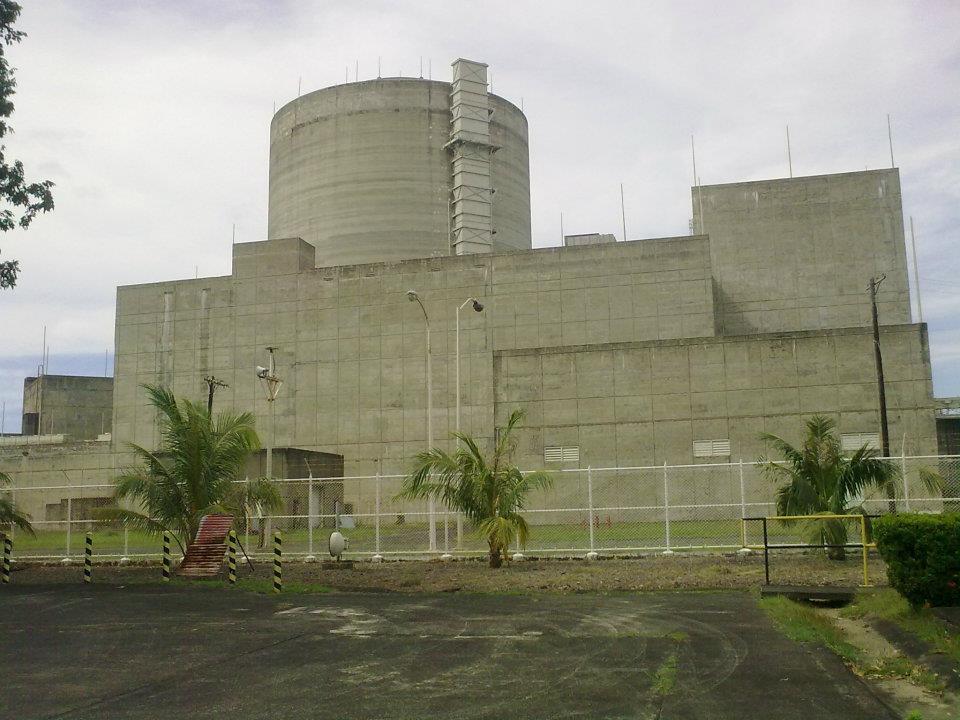.jpg)
Manila Electric and Aboitiz Power collaborate with USNC to develop SMRs in the Philippines. (Photo: USNC)
Taiwan's new president, Lai Ching-te, officially took office and mentioned in his inaugural speech the promotion of a second energy transition and the development of diverse green energy sources. However, he did not mention the non-nuclear homeland policy, sparking speculation about potential relaxation in future energy transition policies.
In Southeast Asia, where there are currently no commercial large-scale nuclear power plants, even countries facing severe power shortages are hesitant to embrace nuclear power rashly. Consequently, small modular reactors (SMRs), which are smaller and produce less nuclear waste, are gaining traction, particularly in Thailand and the Philippines.
The International Atomic Energy Agency (IAEA) points out that SMRs are advanced nuclear reactors, each unit generating 300 MW of power, which is one-third of the output of traditional nuclear reactors. The major advantages of SMRs are their smaller size and ease of installation and transportation, significantly reducing construction costs. Moreover, they can be scaled up as needed, making them crucial for providing electricity in rural areas with limited grid coverage.
In Thailand's 2023-2037 National Energy Plan (NEP), SMRs are included as an alternative energy option alongside wind, solar, hydro, and biomass energy. The goal is to increase the proportion of renewable and clean energy in the country to 50%. Thailand is currently seeking public opinion and site selection for these reactors, with an estimated initial capacity of 70 MW.
Thailand can be considered a pioneer in nuclear research in Southeast Asia, having initiated its first nuclear reactor for research purposes back in 1962. Although there have been discussions about constructing commercial nuclear power plants, these plans were repeatedly shelved due to high costs, lengthy construction times, and the 2011 Fukushima nuclear disaster in Japan. However, this has created opportunities for the development of smaller-scale SMRs. The United States even promised to provide technical support for SMRs to Thailand in 2022.
The Philippines plans to build a commercial nuclear power plant in the early 2030s, primarily focusing on SMRs. In the Clean Energy Scenario (CES) of its National Energy Plan, the goal is to increase SMR capacity to 1,200 MW by 2032. Local power companies, including Manila Electric Company and Aboitiz Power, are collaborating with the U.S.-based Ultra Safe Nuclear Corporation (USNC) to develop SMRs in the Philippines. The United States and the Philippines signed a civil nuclear cooperation agreement last year, allowing the transfer of nuclear materials, equipment, and information.
The Philippines had previously planned to build a nuclear power plant on Luzon Island, but these plans were abandoned due to the country's 1986 democratic movement and the Chernobyl nuclear disaster in the same year. Now, current President Ferdinand Marcos Jr. has the opportunity to realize his father's dream.

The Bataan nuclear power plant in the Philippines has been idle since 1986. (Photo: Wikimedia Commons)
As countries strive to achieve net-zero targets, the global energy industry's shift towards net-zero is inevitable. Research by energy consultancy Wood Mackenzie indicates that the global scale of SMR projects reached 22 GW in the first quarter of 2024, a significant increase of 65% compared to 2021. The estimated funding requirement for these projects is $176 billion.
Source: Nikkei Asia, IAEA, Bangkok Post, Asia Power



